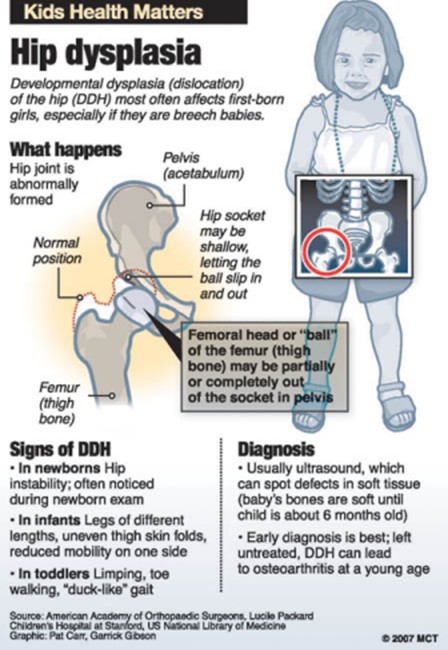The mother of a child who is 2 year 6 months in age has arranged a play date with the neighbor and her child who is 2 year 9 months old. During the play date the two mothers should expect that the children will do which of the following?
Play alongside one another but not actively with one another
Play with one another with little or no conflict
Share and trade their toys while playing
Only play with one or two items, ignoring most of the other toys
The Correct Answer is A
At this age, parallel play is common, where children engage in independent play near each other but do not actively interact or engage in cooperative play. They may observe each other, imitate each other's actions, or occasionally share toys, but they are still developing social skills and may not engage in sustained cooperative play or easily share and trade toys. Each child is likely to focus on their own activities and play with one or two preferred items, ignoring most of the other toys.
Nursing Test Bank
Naxlex Comprehensive Predictor Exams
Related Questions
Correct Answer is B
Explanation
At 10 months of age, most infants should be able to sit steadily without support. If the infant is unable to sit without support or shows difficulty maintaining balance while sitting, it may indicate a developmental delay or potential motor coordination issues. It is important to report this finding to the healthcare provider for further evaluation and appropriate intervention if necessary.

Correct Answer is D
Explanation
DDH refers to an abnormal development or alignment of the hip joint, which can lead to instability or dislocation of the hip. An asymmetric thigh fold is a common physical finding in DDH, where there is a difference in the skin fold between the affected and unaffected sides of the thigh. This occurs due to the malposition or displacement of the femoral head within the acetabulum.
While other findings may also be present in DDH, such as an inwardly turned foot on the affected side (also known as a positive Ortolani or Barlow test), absent plantar reflexes, or a lengthened thigh on the affected side, the asymmetric thigh fold is a key indicator of hip dysplasia in a newborn.

Whether you are a student looking to ace your exams or a practicing nurse seeking to enhance your expertise , our nursing education contents will empower you with the confidence and competence to make a difference in the lives of patients and become a respected leader in the healthcare field.
Visit Naxlex, invest in your future and unlock endless possibilities with our unparalleled nursing education contents today
Report Wrong Answer on the Current Question
Do you disagree with the answer? If yes, what is your expected answer? Explain.
Kindly be descriptive with the issue you are facing.
